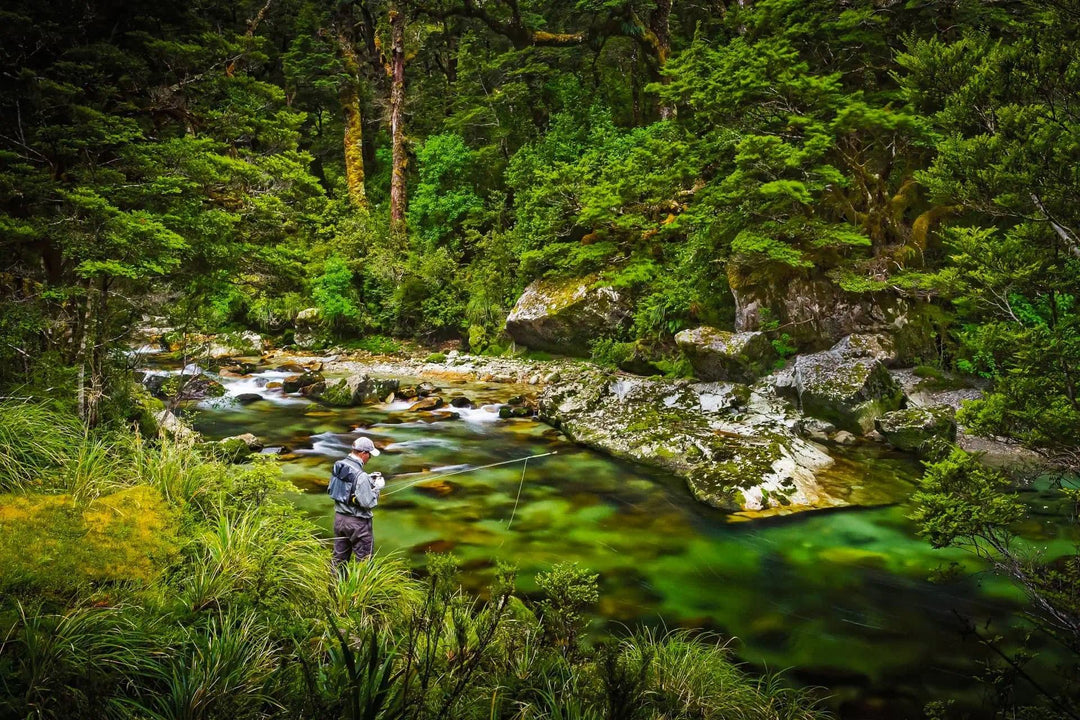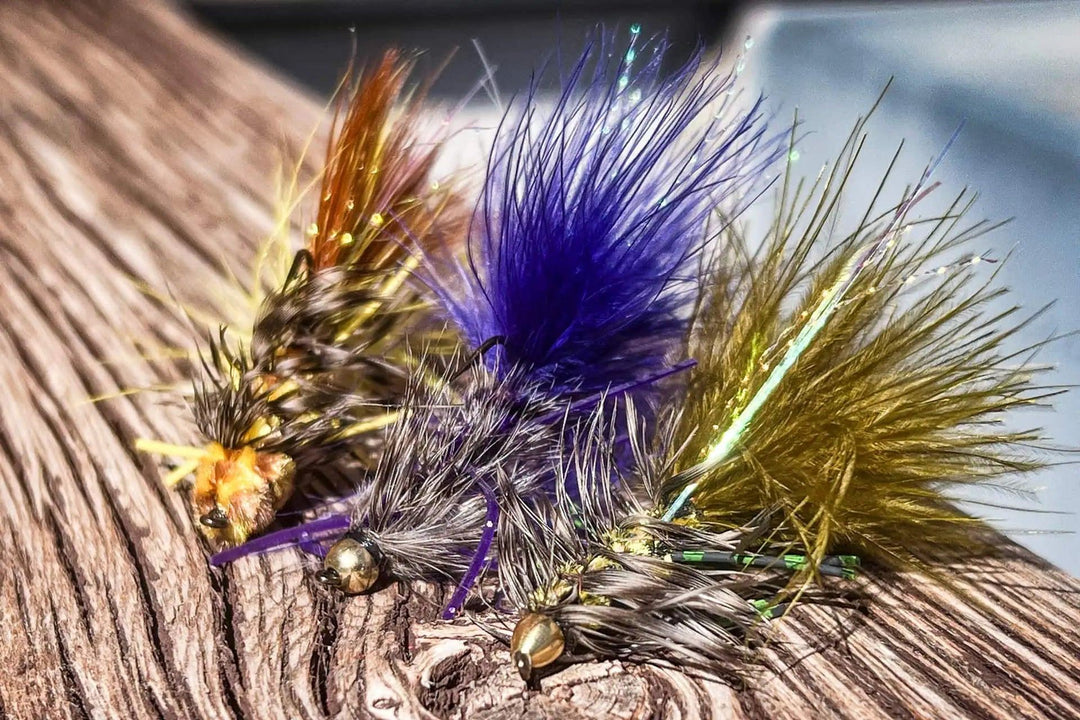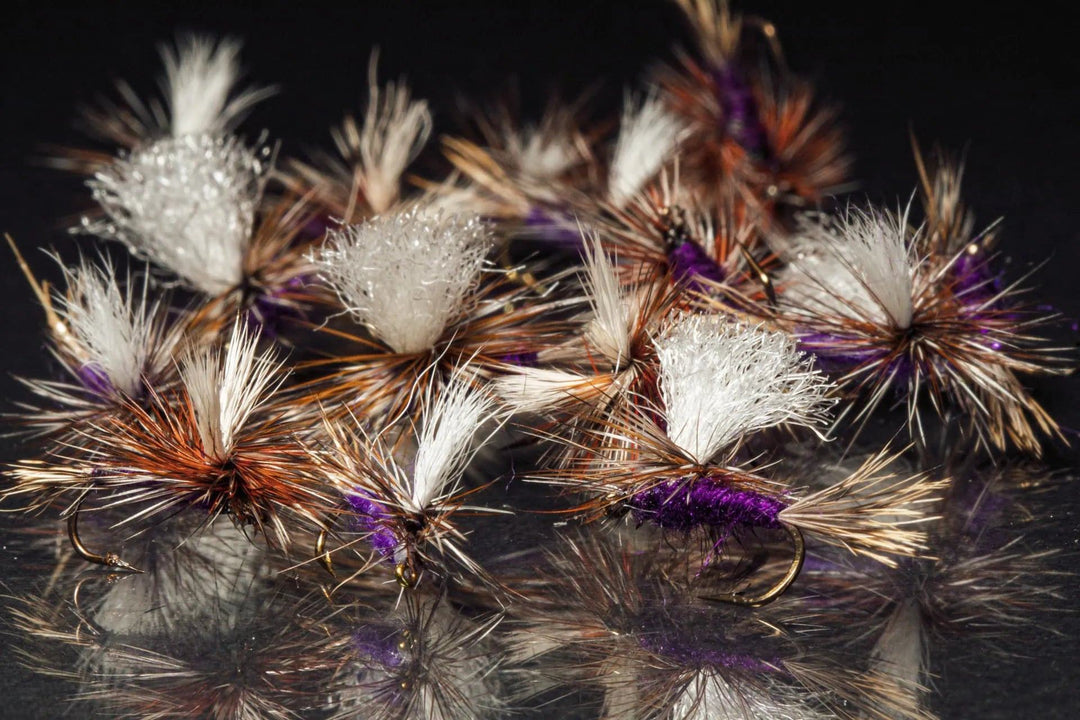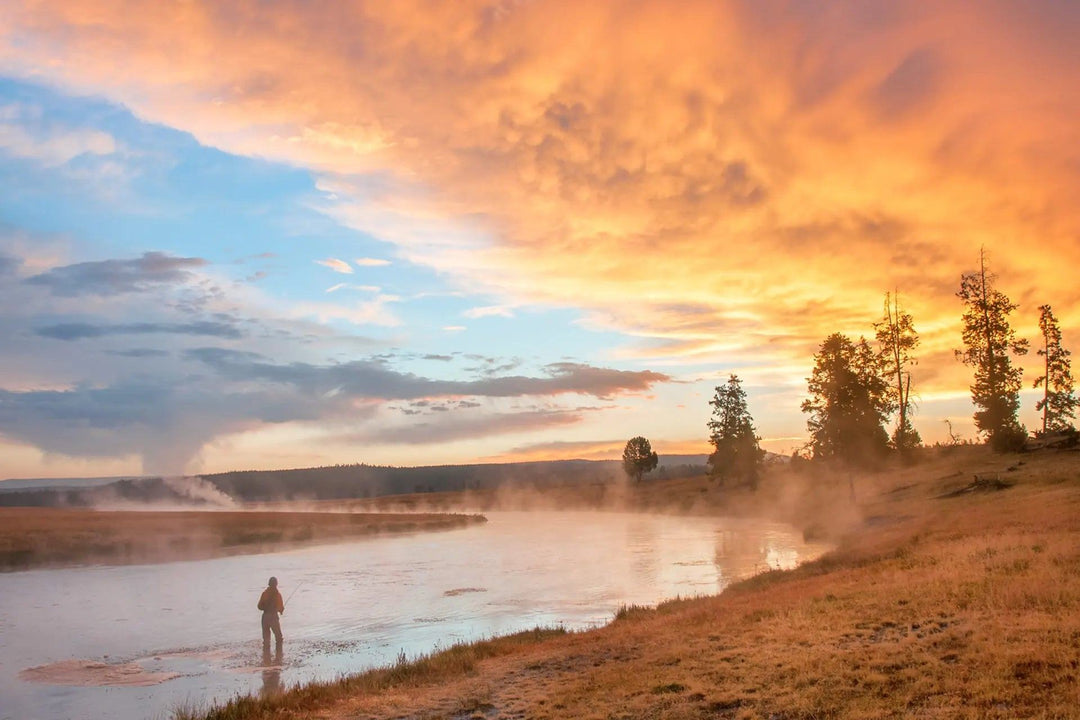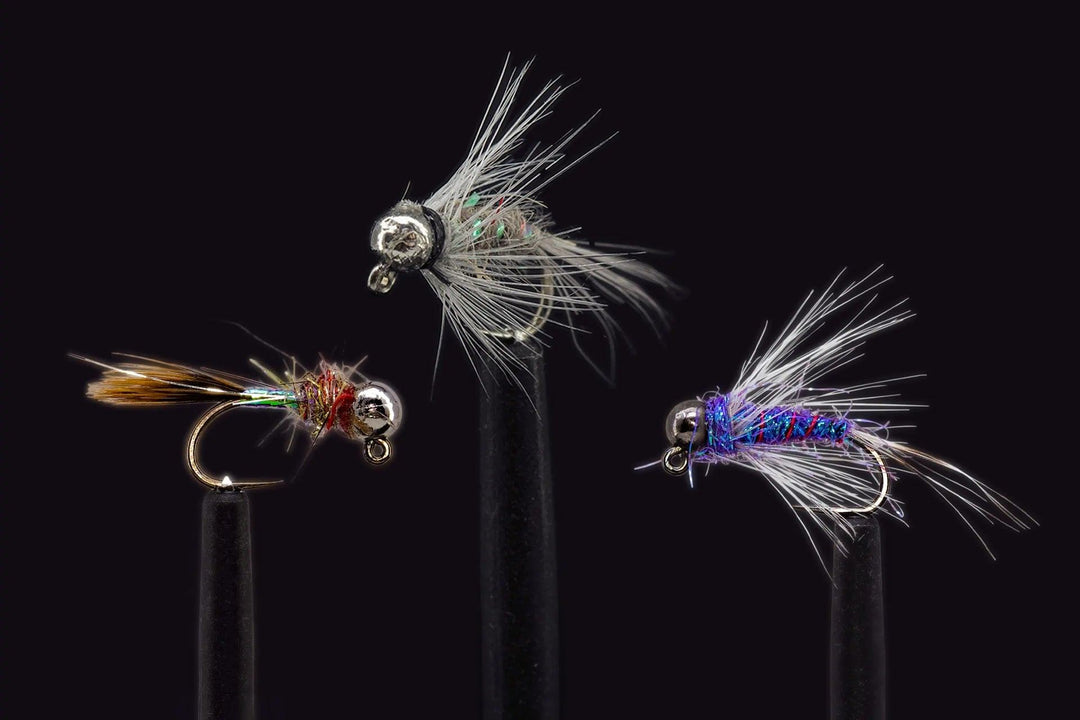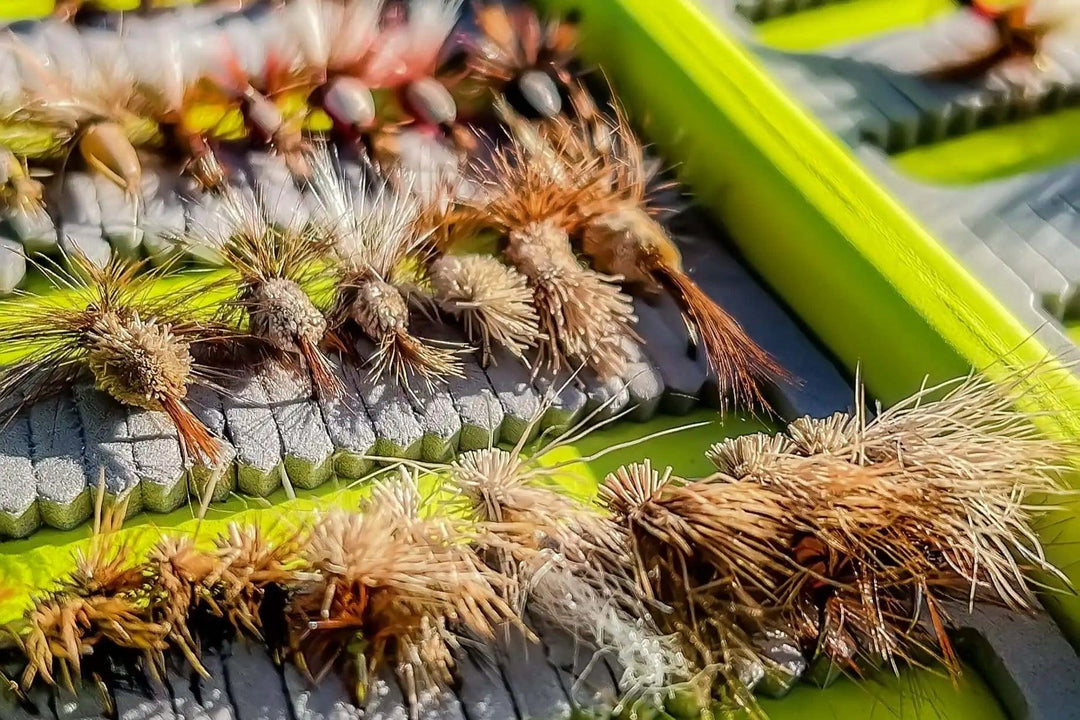When to use Hot Head Sow Bugs

Add a dash of fluorescent color to your favorite sow bug and you WILL catch more trout.
The idea of incorporating hot heads and fluorescent colors into fly fishing flies started on large lakes and reservoirs in the United Kingdom many years ago. Fly-tiers added fluorescent colors to the tails of streamers, nymphs, and dry flies to attract the attention of trout from greater distances. The fish came to inspect these flies out of curiosity, realized they were potential food, and struck. The same principle holds true in rivers and streams: Even though there are numerous food items floating in the water, hot heads create triggers that elicit reactions from the trout. You will not only catch fish that are actively feeding but also encourage idle trout to take your flies out of curiosity.

The fluorescent color reflects light of a longer wavelength than it receives. Fluorescent colors absorb any color of light in the spectrum and still reflect their own color. Blue, green, yellow, orange, and cyan are absorbed by the water, whereas violet and red continue to disperse through the water column. No matter what color wavelength reflects off the fluorescent orange thread or bead, it will reflect fluorescent orange; even if violet light reflects off the fluorescent orange hot head, it will reflect fluorescent orange. This is the secret to a hot head: The fluorescent bead continues to reflect light and stay true to its color even though the rest of the fly changes color as it descends through the water column.
When trout are keying in on sow bug nymphs, any darker fly does the job because at four feet deep when it changes to black or gray, the trout still key in on the size and profile of the fly. If the pattern has a hot head, the fish will be more likely to see the fly and react.
 Pink Hot Head Stevie Wonder
Pink Hot Head Stevie Wonder

 Orange Hot Head Ray Charles
Orange Hot Head Ray Charles

Both the Pink Hot Head Stevie Wonder and the Orange Hot Head Ray Charles can be used year-round, but are most effective in tailwaters and freestone streams in late fall and early spring. These roly-poly looking flies are made of soft hackle with a tungsten hot head (pink or hot orange) for the extra weight needed to get your flies down to the fish.
Try dead drifting these with or without an indicator or roll it along the stream’s bottom. They are excellent as a “lead fly” in a two-fly setup, or great on their own for higher flow conditions. If you aren’t catching fish on these patterns try going deeper before changing flies...Fish on!


